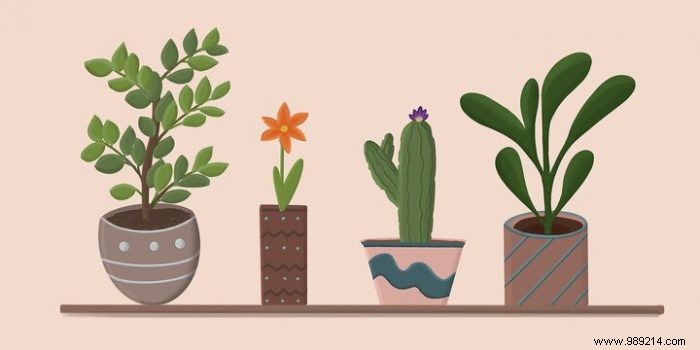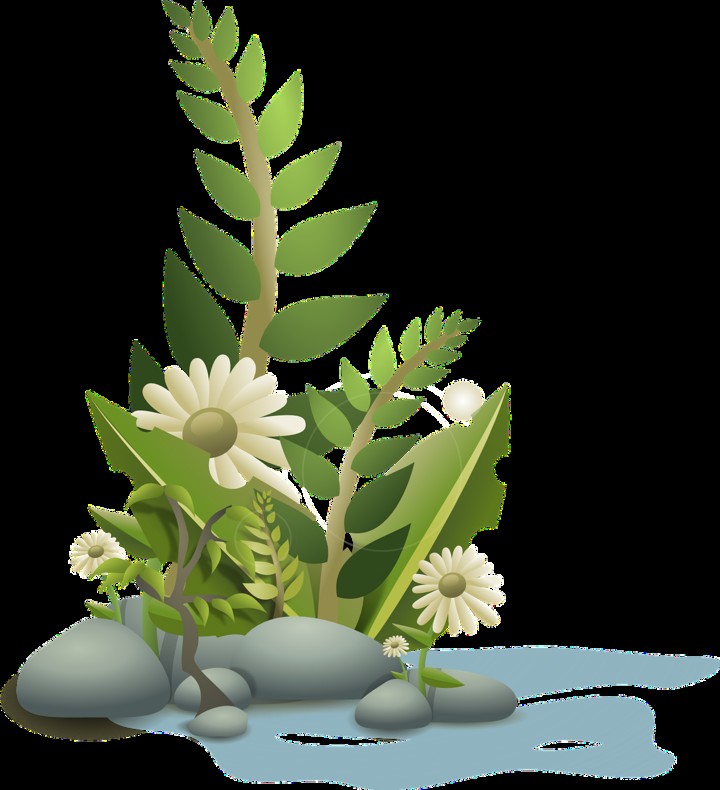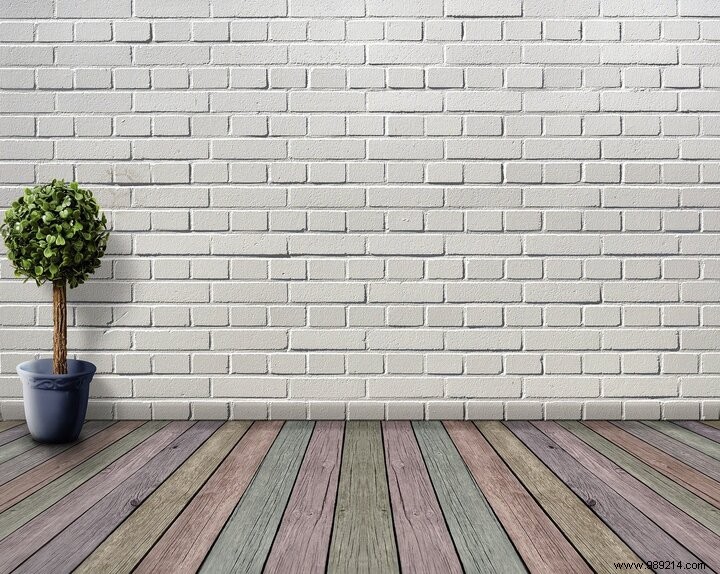
Plants produce the oxygen that allows other living things to breathe. But, with urban development, they have less and less space next to the many houses that "bloom" everywhere.
However, some followers of ecology and plant lovers continue to plant them at home. Some opt for the garden while others plant the flowers in pots, depending on the tastes but also the situations of each one.
In general, during a move, plants are one of the major concerns of plant lovers who wonder, rightly, how to move their plants without damaging them or simply killing them?
Parting with your plants after long months or long years of hard work is sometimes a difficult ordeal. Indeed, it is not easy to take care of the maintenance of a plant every day. Beyond an emotional attachment, moving with your plants saves you money.
Certainly, it saves you from buying new plants once in your new house and even better, it saves you from starting from scratch a long-term job.

To move a plant, there is a timeline to follow to make sure you don't damage or destroy it. With that in mind, it takes days of preparation before moving day.
It is important to predict the behavior of the plant during the move and thus anticipate the stress of it.
In addition, the season counts a lot in the movement of a plant. Some plants such as roses are more resistant when they have no leaves during the move, knowing that this period extends between November and March.
Generally speaking, garden plants are more comfortable for a move in winter; while summer and spring are more suitable seasons for moving indoor plants.
A few days before the move, you can prune your plants to prevent the stems from breaking during the move. March and September are the best times to cut your plants.
In addition to this, you should enrich the soil of your plants with natural fertilizers rich in trace elements.
Plants that are contained in pots are much easier to transport as long as you are not going to dig them up. When plants are in a garden, there are precautions to take when you want to move them.
With this in mind, dig up the plants by digging around the roots so as to leave the ends long enough to replant them later .
Then cover the roots, coated in a clod of moist soil, with a cloth, and gently tie everything before putting the plant in a pot.

First of all, you should know that there are plants that do not support moving and that you unfortunately have to leave behind.
But, to move your plants there are also many factors to take into account, such as the size and the robustness of the plant.
Depending on the size of your plants, you must also provide suitable packaging . Moving boxes are welcome to transport the plants. Also, you can use plastic boxes or archival storage boxes to transport potted plants.
For the sake of cleanliness, you can use garbage bags to prevent the soil from spreading during transport. Crates are also available in stores to simplify your trip.
Finally, to stabilize your plants in these different packages, you can use bubble wrap, newspaper or even egg cartons.
In order to preserve the well-being of your plants during transport, you must drill small holes in the boxes and plastic bags to let air in.
Finally, please mark the mention fragile on the boxes for the movers to take precautions when delivering your plants.
Loading plants into the truck last is also a preventive measure against transport damage.
Once the move is complete, you must unpack the plants as soon as possible and put them in the right conditions to facilitate their adaptation to their new environment.
Once in your new home, put the plants back in the ground as soon as possible; if it is possible to replant them the same day of your arrival, do it, in order to increase the chances of survival of your plants.
Before putting your plant in the ground, make sure that the characteristics of the new soil are identical to those of your starting soil. Among the elements that can help you, there is the color of the soil as well as its texture.
Once you have replanted your plants, start watering them regularly and enriching the soil with natural fertilizer rich in minerals (read this tutorial to properly prepare your land).
After this step, you must continue to follow your plants closely, in order to detect potential trauma related to the movement, and try to treat them if necessary.
This is the case, for example, of the yellowing of the leaves. The plants sometimes have difficulty adapting to the new environment and then adopt a yellow color as a sign of decline. In this case, it is up to you to quickly detect the source of the problem in order to remedy it by finding the appropriate solution.